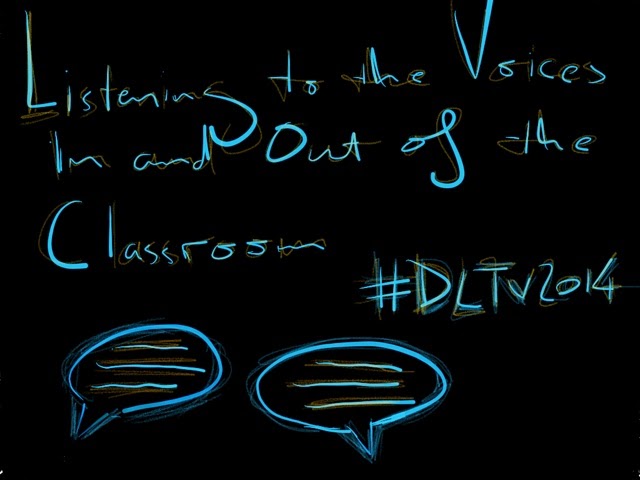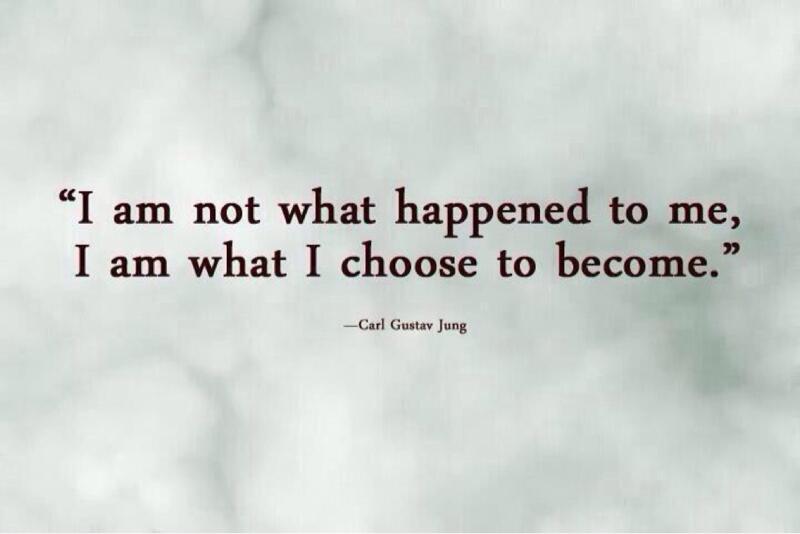 |
| Lego poetry at DLTV2014 |
If you enjoy what you read here, feel free to sign up for my monthly newsletter to catch up on all things learning, edtech and storytelling.

 |
| Lego poetry at DLTV2014 |
If you enjoy what you read here, feel free to sign up for my monthly newsletter to catch up on all things learning, edtech and storytelling.

 |
| Photo Credit: Celestine Chua via Compfightcc |
This is the first assignment as a part of the ATC21S Coursera MOOC. It involved selecting an example of collaborative problem solving (CPS) in which you have been involved. The response included illustrating an understanding of the nature of collaborative problem solving, why it is important and what sets it apart from activities like group work. Associated with this, two specific incidents were required to demonstrate that different collaborators have different levels of skill in CPS. This is my response …
It was definitely an interesting process and demonstrates one of the biggest problems with innovation, implementing 21st century strategies and education in general. As much as we think that we are on the same page, this is rarely the case. That is why the focus needs to be on creating canvas to structure the conversation as +Richard Olsen has suggested with the Modern Learning Canvas, rather than dictating strategies. For how can we achieve anything if we cannot talk about it?
If you enjoy what you read here, feel free to sign up for my monthly newsletter to catch up on all things learning, edtech and storytelling.
This post and associated slides are for my TL21C Reboot Session addressing the topic of: Becoming a Connected Educator (22/7/2014)
Becoming a connected educator is so unique. There is no rule or recipe to follow and no two stories are the same. The reality is that it is many things to many people. The biggest challenge is continually defining what it actually means to be connected and why it is important. I don’t wish to offer some cure, rather I hope to keep the conversation going.
Instead of providing a recipe, my approach has always been to share some of the choices that I have made and my thoughts behind them. Although signing up to various platforms is important, it is the journey associated with this that matters most to me. As +Tony Sinanis says, in reflecting on his own connected experiences, “the Twitter experience is a journey … it is not an experience that can simply be replicated for those who have yet to be connected.”
It is important to understand that being a connected educator does not automatically make you a better learner. Just because you have a Twitter handle doesn’t make you special in itself. Although it may give you access to a global audience, this does not magically make you connected. As +David Weinberger points out in his book Too Big To Know, “Even if the smartest person in the room is the room itself, the room does not magically make all who enter it smarter.” The question that we need to consider is not whether we are connected or not, but rather how we connect.
Too often people believe that being connected somehow leads to something more, a conduit to some higher form of being. They enter with the question, ‘What’s in it for me?’ I am not sure exactly what I thought being a connected educator would be, however the one thing that I have come to realise is that networks are not constant, they are more akin to a verb, rather than a noun.
Too often people describe PLN’s as something we build. However this misses the organic nature. I believe that they are better understood as a plant which we help grow and nurture. Our networks will only ever flourish as much as we let them.
Associated with the focus on networks is a focus on learning. To get the most out of being connected I allocate learning time. In a recent post, +Peter Skillen made the suggestion that the goal of a project should be to formulate questions, rather than starting with one. I think that this definitely applies to being connected. Sometimes you just need to tinker and play, wonder and explore, in order to know what it is you are looking for.
I feel that connecting and conversing is better thought of as sitting at a bar drinking pedagogical cocktails where we can mix different ingredients to come up with our own flavours. This does not mean that everyone should do Problem Based Learning or didactic learning should be banished, instead it is about choosing the right method for the moment, rather than keep on drinking the same old cocktail again and again.
One of the most empowering aspects about learning online is that there is always some form of learning just waiting for us. As +Alec Couros suggested, “some of the best learning happens each day on Youtube whether it is meant to happen or not” I once described this as ‘hidden professional development‘, playing on the idea of the hidden curriculum, but I really like +John Pearce‘s notion of pop-up PD, that learning that can happen anywhere, any time, where there are people willing to learn.
One of the keys to learning online is actually giving back. If everyone just lurked from a distance, not only would this limit the depth of conversations that occur online, but it also limits how much you actually get out of such connections. There are many different ways of giving back, from simply sharing links to remixing ideas. The choice of how we do this is up to us.
Sharing should be thought of as a way of being. Many worry about whether there is worth in what they are sharing. However, only the community can decide such worth. As Clive Thompson states in reference to blogging, “Having an audience can clarify thinking. It’s easy to win an argument inside your head. But when you face a real audience, you have to be truly convincing.” Surely then sharing can only be a good thing?
One of the most important elements to building relationships is having a clear and definable identity. After spending some time hiding behind various quirky images and username, inspired by +Anne Mirtschin, I took the steps to create a consistent digital badge that I ‘wear’ online. Associated with this, I developed an About.Me to connect together all the different spaces where I exist. I feel that making these changes has aided with my connections.
In the end, there are many choices to be made when it comes to being a connected educator. For example:
As +Chris Wejr points out, although it is easy to suggest that everyone should sign up and start sharing every last detail, not everyone is able to tweet and post who they are.
I think that +Steve Brophy sums up the situation best when he makes the challenge, “Be the connection that gives other learners a voice.”
What has been your biggest hurdle in becoming a more connected educator? Can you provide an example as to how you are giving other learners a voice?
If you enjoy what you read here, feel free to sign up for my monthly newsletter to catch up on all things learning, edtech and storytelling.

If you enjoy what you read here, feel free to sign up for my monthly newsletter to catch up on all things learning, edtech and storytelling.

I have been report co-ordinator for four years now and I feel that I have gotten as much as I can from QuickVic, the free report software provided by the Victorian State Government. During this time, I have implemented many changes in an effort to not only improve reports, but also to streamline the whole process. Ever since I have been teaching, the process associated with reporting has been a tedious one.
(a) Schools have the flexibility to choose, in partnership with their school community, the way in which they will report student achievement. There will no longer be a single mandated report format.
(b) Schools report, both to parents and, where directed, to the relevant sectoral authorities, on student achievement in English, Mathematics and Science against the common achievement standards, indicating the level of attainment reached by each student and the age-expected level of attainment (except in specific instances of individual students where this has been determined by schools in partnership with parents to be unnecessary).
(c) Schools will not be required to report student achievement against the other domains each year, but should, following the Foundation year, report student achievement against all domains in each two-year band of schooling.
Like so many others, it provides web access, allowing you to set things up early. However, there is little movement in regards to templates. Unlike Accelerus (and QuickVic) which allows you to create and modify your own templates, the options available within Reporter Pro seem rather limited. Although there is the offer of custom templates, sadly this seems to be done more by programmers and does not allow for much tinkering by the user. In addition to this, the structure of the interim reports is locked and very restrictive. In a culture of choice, fitting in with a system seems counterintuitive.
In the end, it is an interesting time in regards to education and the digital revolution. Managing assessment and reporting is a big part of this. Have you had different experiences with any of the programs that I have mentioned? Were there any that I missed? Would love to know your thoughts.
If you enjoy what you read here, feel free to sign up for my monthly newsletter to catch up on all things learning, edtech and storytelling.

 |
| creative commons licensed (BY-NC) flickr photo by mrkrndvs: http://flickr.com/photos/aaron_davis/14425906657 |
It is only a few weeks until the inaugural DLTV conference. +Steve Brophy and I will be presenting a session on listening to other voices in the classroom. Here is the blurb for those interested:
If you enjoy what you read here, feel free to sign up for my monthly newsletter to catch up on all things learning, edtech and storytelling.

 |
| creative commons licensed (BY-NC) flickr photo by mrkrndvs: http://flickr.com/photos/aaron_davis/14421694749 |
If you enjoy what you read here, feel free to sign up for my monthly newsletter to catch up on all things learning, edtech and storytelling.
 |
| Image via Twitter |
If you enjoy what you read here, feel free to sign up for my monthly newsletter to catch up on all things learning, edtech and storytelling.

 |
| creative commons licensed (BY-NC) flickr photo by mrkrndvs: http://flickr.com/photos/aaron_davis/14557280205 |
If you enjoy what you read here, feel free to sign up for my monthly newsletter to catch up on all things learning, edtech and storytelling.